Cambodia offers travelers an incredible opportunity to explore ancient temples, lush jungles, and vibrant cultures while protecting the environment and supporting local communities. Eco-friendly travel in Cambodia involves choosing sustainable accommodations, supporting local businesses, respecting cultural heritage, and participating in conservation activities that benefit both the environment and the Cambodian people.
The country’s growing tourism industry has created both opportunities and challenges. While millions of visitors bring economic benefits, they also put pressure on natural resources and local communities. Sustainable travel practices help preserve Cambodia’s treasures for future generations while ensuring tourism dollars reach the people who need them most.
Travelers can make a positive impact by staying at eco-lodges, eating at local restaurants, visiting wildlife conservation projects, and choosing tours that prioritize environmental protection. From the temples of Angkor Wat to the remote provinces of Mondulkiri and Ratanakiri, Cambodia offers numerous opportunities to travel responsibly while experiencing authentic adventures.
Understanding Eco-Friendly and Sustainable Travel in Cambodia
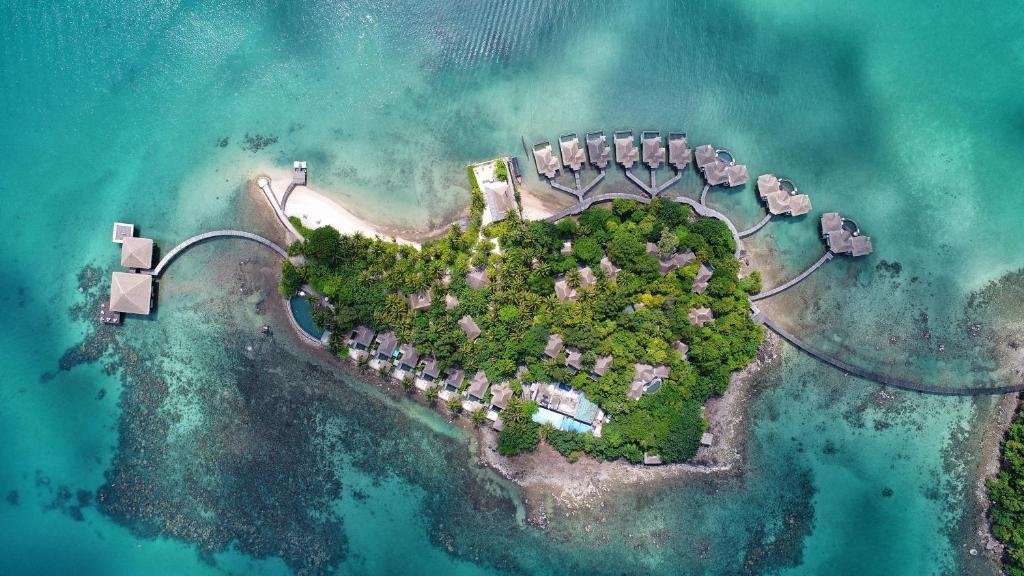
Eco-friendly travel in Cambodia focuses on reducing environmental impact while supporting local communities and preserving cultural heritage. Sustainable tourism practices help protect Cambodia’s natural resources and ensure tourism benefits reach local people.
Definition of Eco-Friendly Travel
Eco-friendly travel means making choices that minimize harm to the environment and local cultures. In Cambodia, this involves selecting accommodations and activities that prioritize conservation and community support.
Sustainable travel in Cambodia includes staying at hotels that use renewable energy and conserve water. Travelers choose tour operators that hire local guides and support wildlife protection.
Responsible travel also means respecting Cambodia’s ancient temples and natural sites. Visitors avoid touching historical artifacts and stay on designated paths to prevent damage.
Key aspects of eco-friendly travel include:
- Choosing green accommodations
- Supporting local businesses
- Minimizing waste and plastic use
- Respecting wildlife and natural habitats
Key Principles of Sustainable Tourism
Sustainable tourism in Cambodia follows three main principles. Environmental protection comes first through conservation efforts and reduced carbon footprints.
Social responsibility ensures tourism benefits reach local communities. This includes hiring local staff, buying from local suppliers, and supporting community projects.
Economic sustainability creates long-term benefits for Cambodia. Tourists spend money on locally-owned businesses instead of international chains.
The three pillars of sustainable tourism:
| Principle | Focus | Examples |
|---|---|---|
| Environmental | Protecting nature | Solar-powered hotels, wildlife conservation |
| Social | Supporting communities | Local guides, cultural respect |
| Economic | Local benefits | Community-owned tours, local restaurants |
Benefits of Responsible Travel
Responsible tourism practices create positive impacts for Cambodia’s environment and people. Travelers help preserve forests, wildlife, and marine ecosystems through their choices.
Local communities gain a steady income from sustainable tourism. Families earn money through homestays, handicraft sales, and guiding services. This reduces poverty and keeps traditional skills alive.
Cambodia’s cultural heritage receives better protection when tourists travel responsibly. Entrance fees fund temple restoration and archaeological research. Visitors learn about Khmer culture in authentic ways.
Environmental awareness increases when travelers see conservation efforts firsthand. They return home as advocates for protecting Cambodia’s natural beauty and wildlife.
Tourism in Cambodia becomes more stable and profitable when managed sustainably. Communities depend less on resource extraction and more on protecting their natural assets.
Supporting Local Communities and Cultural Heritage
Travelers can make a meaningful impact by choosing community-based tourism experiences and supporting local artisans through fair trade practices. These approaches help preserve Cambodia’s rich cultural traditions while creating sustainable economic opportunities for rural communities.
Community-Based Tourism Initiatives
Community-based tourism connects travelers directly with local families and villages throughout Cambodia. These programs allow visitors to stay in traditional homes and participate in daily activities like farming, fishing, and cooking.
Indigenous communities along the remote Tonle Sap Lake lead sustainable fishing practices and operate eco-friendly lodges. Their cultural preservation programs directly benefit local families through tourism income.
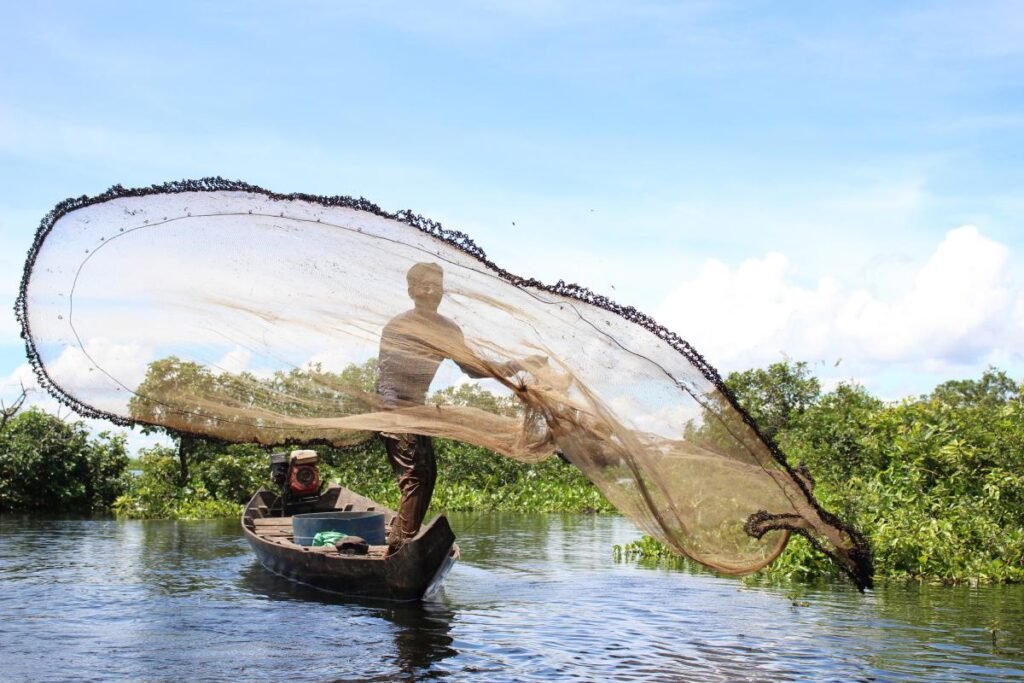
Rural homestay programs provide authentic experiences while supporting village economies. Guests learn traditional crafts, join harvest activities, and share meals prepared with local ingredients.
These initiatives keep tourism revenue within communities rather than flowing to large international companies. Local guides share their knowledge of medicinal plants, traditional farming methods, and cultural customs.
Key benefits include:
- Direct income for rural families
- Preservation of traditional lifestyles
- Cultural exchange opportunities
- Environmental conservation incentives
Working With Local Artisans and Social Enterprises
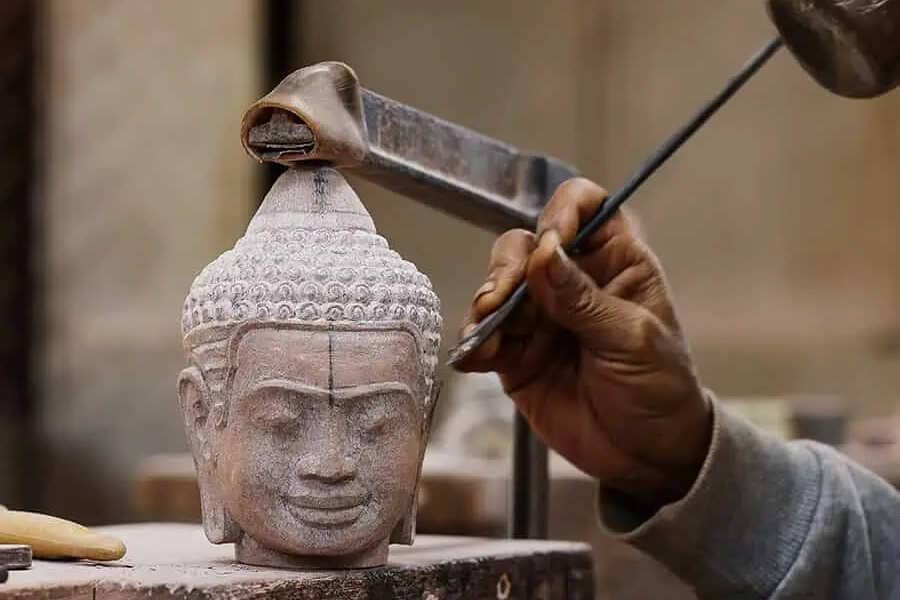
Cambodia’s social enterprises create economic opportunities while preserving traditional crafts and skills. These organizations train local artisans and provide steady markets for their handmade products.
Satcha operates a unique business model that incubates craft people through a 3-year training program. The organization commits to buying products monthly to sustain livelihoods and support traditional knowledge.
Fair Trade Village works with rural artisans, promoting fair trade practices and sustainable livelihoods. Visitors can experience live arts and learn Khmer handicraft techniques in artisan workshops.
The Made in Cambodia Market connects international visitors with local producers. Artisans sell directly to customers while sharing stories about their craft traditions and techniques.
Popular social enterprises include:
- Phare Cambodian Circus (youth employment)
- Rehash Trash (recycled products)
- Sombai Liqueur (traditional recipes)
- Friends International (vocational training)
Cultural Preservation and Heritage Sites
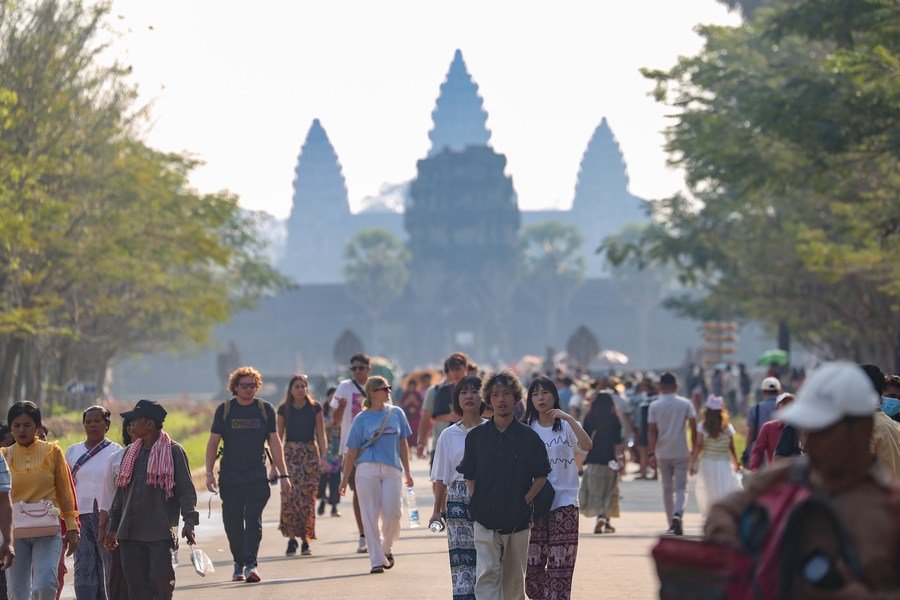
Heritage conservation at Angkor Wat benefits from eco-tours that focus on preserving the site’s history and culture. Visitors can purchase artisan crafts made by local communities to help preserve traditional knowledge and skills.
Cultural preservation extends beyond famous temples to include traditional music, dance, and storytelling. Local performance groups maintain these art forms through regular shows for both tourists and community members.
Traditional craft techniques like silk weaving, stone carving, and wood sculpture face extinction without economic support. Tourism provides crucial funding for master craftspeople to train younger generations.
Village-based cultural centers showcase traditional architecture, farming tools, and household items. These museums employ residents as guides and caretakers while educating visitors about rural Cambodian life.
Conservation efforts focus on:
- Traditional building techniques
- Indigenous farming practices
- Local language preservation
- Ceremonial traditions and festivals
Heritage sites benefit when tourism revenue funds restoration projects and community education programs about cultural significance.
Eco-Friendly Accommodations and Sustainable Stays
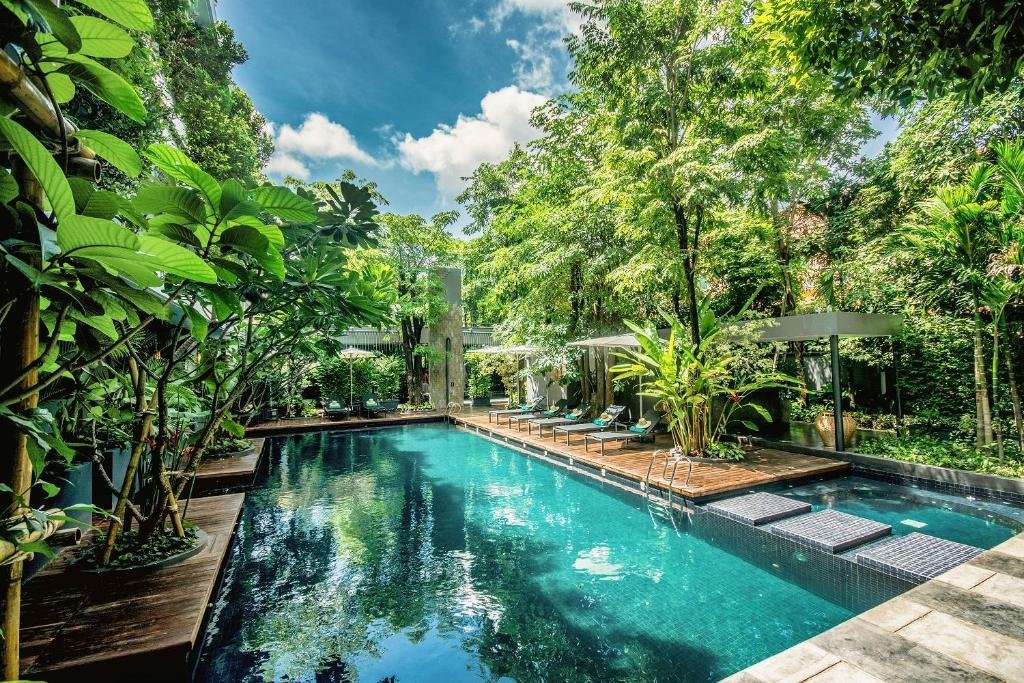
Cambodia offers diverse green lodging options that prioritize environmental conservation and community support. These accommodations use renewable energy, source food locally, and fund conservation projects while providing comfortable stays.
Choosing Green Hotels and Eco-Lodges
Travelers should look for accommodations with verified sustainability certifications and clear environmental policies. Sustainable accommodations typically feature energy conservation measures, water recycling systems, and waste reduction programs.
Key indicators include solar power systems, organic gardens, and local material construction. Many eco-lodges minimize plastic use and produce drinking water on-site.
Properties that source food from nearby farms reduce transportation emissions. Staff training programs and fair wage policies demonstrate commitment to community development.
Green Features to Look For:
- Solar panels or renewable energy systems
- Rainwater collection and greywater recycling
- Organic or permaculture gardens
- Local building materials like bamboo or reclaimed wood
- Waste composting programs
Guests can verify claims by checking hotel websites for specific environmental initiatives. Third-party certifications provide additional credibility for sustainability claims.
Noteworthy Sustainable Accommodations
Cambodia’s best eco-friendly hotels span from luxury resorts to budget-friendly options across different regions. Six Senses Krabey Island operates its own organic farm and runs butterfly conservation programs.
Phum Baitang near Siem Reap translates to “green village” and uses only sustainable building materials. The property sources food locally and produces drinking water on-site.
4 Rivers Floating Lodge provides luxury eco-tourism in the Cardamom Mountains. The floating pontoons border Peam Krasasop Wildlife Sanctuary and offer guided nature tours.
Song Saa Private Island runs extensive conservation programs through its foundation. The resort protects coral reefs and operates marine research initiatives.
Popular Eco-Accommodations by Region:
| Location | Property | Key Features |
|---|---|---|
| Siem Reap | Phum Baitang | Sustainable materials, local sourcing |
| Koh Kong | 4 Rivers Floating Lodge | Wildlife sanctuary access, jungle tours |
| Kep | Knai Bang Chatt | Marine conservation, local community support |
| Battambang | Bambu Hotel | Grassroots village projects, fair wages |
How Accommodations Support Conservation
Eco-friendly properties actively contribute to environmental protection through direct conservation funding and community programs. Many hotels allocate portions of revenue to wildlife protection and habitat restoration projects.
Shinta Mani hotels work with their foundation to build homes and dig water wells in rural villages. Guests can participate in community visits and purchase handmade products from local artisans.
Properties near protected areas often employ local guides and support anti-poaching efforts. This creates economic incentives for communities to protect natural resources rather than exploit them.
Energy conservation measures reduce carbon footprints significantly. Solar power systems, LED lighting, and efficient appliances lower electricity consumption from fossil fuel sources.
Water treatment facilities prevent pollution of local waterways. Organic waste composting creates fertilizer for property gardens while reducing landfill contributions.
Local hiring policies ensure tourism revenue stays within communities. Staff training programs develop hospitality skills that boost long-term employment opportunities for residents.
Exploring Cambodia’s Biodiversity and Natural Wonders
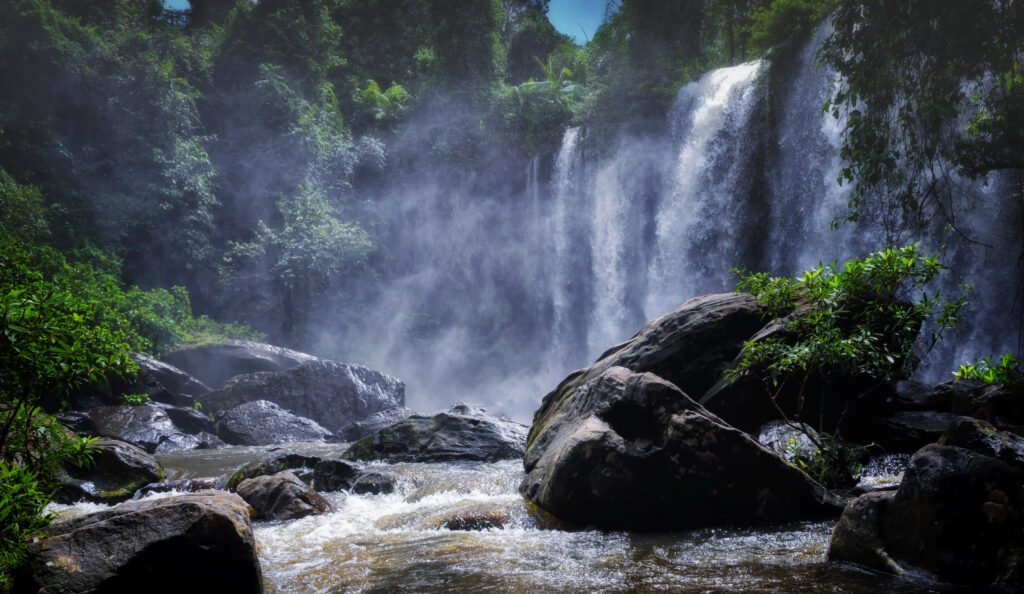
Cambodia’s rich biodiversity spans from the Cardamom Mountains’ rainforests to Koh Kong’s mangrove ecosystems and the unique floating communities of Tonle Sap Lake. These natural habitats support endangered wildlife and offer travelers authentic eco-tourism experiences.
Visiting Rainforests and Mangrove Forests
The Cardamom Mountains contain Cambodia’s largest rainforest and represent one of Southeast Asia’s last great wilderness areas. This pristine ecosystem supports elephants, clouded leopards, and rare bird species across its dense canopy.
Travelers can explore hidden waterfalls and scenic trails through multi-day trekking experiences. Local guides trained in environmental conservation lead these tours while supporting forest preservation efforts.
Koh Kong’s extensive mangrove forests create perfect conditions for kayaking adventures. These coastal ecosystems teem with fish, crabs, and migratory birds.
The mangrove waterways offer sunset tours where visitors paddle through intricate root systems. Local fishermen and conservationists lead these low-impact excursions while sharing knowledge about mangrove restoration projects.
Key Wildlife Spotting Opportunities:
- Asian elephants in Cardamom rainforests
- Clouded leopards and sun bears
- Over 450 bird species
- Otters and reptiles in mangrove channels
Protected Areas and Wildlife Tourism
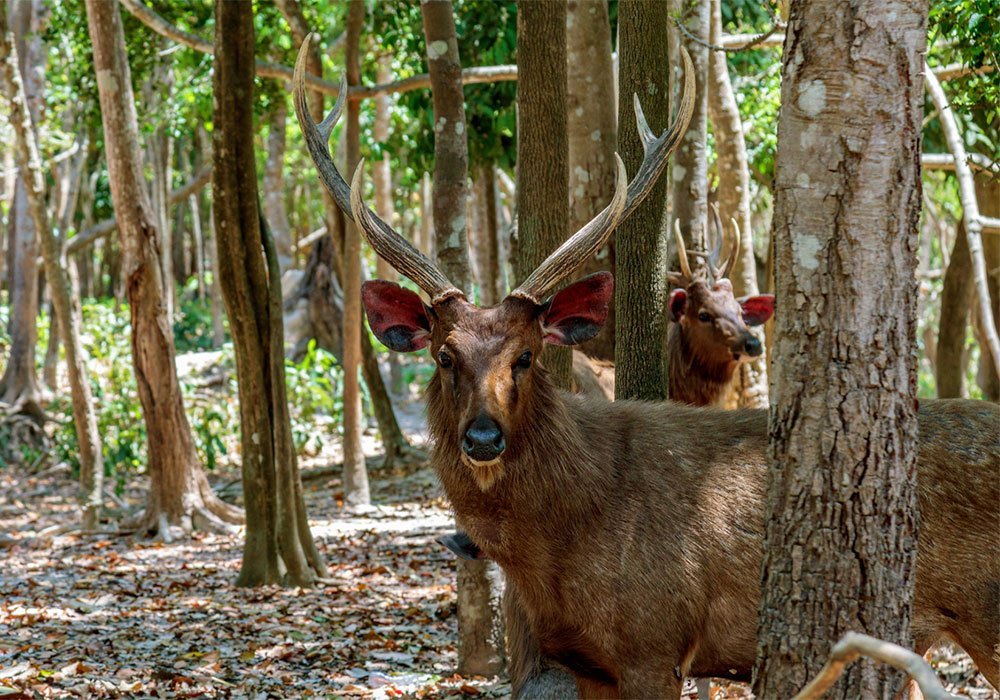
Phnom Tamao Wildlife Rescue Center serves as Cambodia’s largest animal sanctuary, located 40 kilometers from Phnom Penh. Wildlife Alliance manages this facility for animals rescued from poaching and trafficking.
Visitors observe endangered species, including sun bears, gibbons, and Asian elephants, up close. The center focuses on rehabilitation rather than entertainment, with many animals eventually returning to their natural habitats.
Behind-the-scenes tours allow travelers to participate in animal feeding programs. These experiences educate visitors about conservation challenges while supporting ongoing rescue operations.
Sanctuary Highlights:
- Over 1,200 rescued animals
- Rehabilitation programs for endangered species
- Educational tours about wildlife trafficking
- Opportunities to adopt sanctuary animals
The facility demonstrates successful environmental conservation through community partnerships and international support.
Tonle Sap Lake and Its Floating Villages
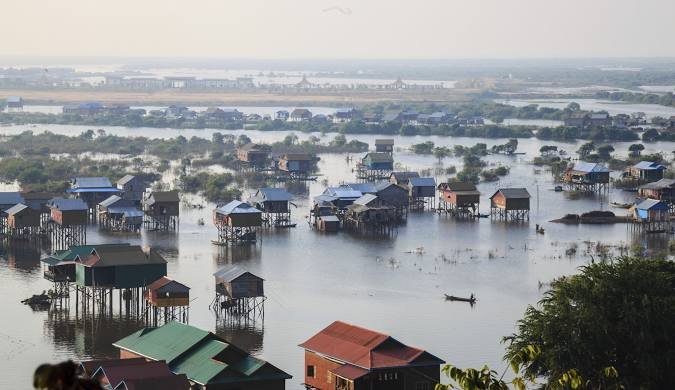
Tonle Sap Lake represents Cambodia’s most important freshwater ecosystem and UNESCO Biosphere Reserve. The lake supports floating villages where families live entirely on water throughout seasonal changes.
During the dry season, the lake covers 2,500 square kilometers, but expands to 16,000 square kilometers during floods. This dramatic change creates unique biodiversity conditions supporting over 200 fish species.
Floating villages like Kompong Phluk and Chong Kneas offer authentic cultural experiences. Residents have adapted their entire lifestyle to the lake’s seasonal rhythms, from fishing techniques to housing construction.
Tonle Sap Features:
- Southeast Asia’s largest freshwater lake
- Home to 1.2 million people
- Critical breeding ground for Mekong fish
- Flooded forests during the wet season
Visitors can explore these communities through boat tours that support local economies while observing traditional fishing methods and floating markets.
Eco-Friendly Transportation and Sustainable Tours
Transportation choices significantly impact your environmental footprint in Cambodia, while sustainable travel practices help preserve the country’s natural beauty. Public transport, cycling, and responsible tour operators offer excellent alternatives to high-emission travel options.
Using Low-Impact Transport Options
Public buses connect major cities across Cambodia at a fraction of the environmental cost of private vehicles. The bus network reaches Siem Reap, Phnom Penh, and Sihanoukville with regular daily departures.
Tuk-tuks provide efficient short-distance transport in urban areas. These three-wheeled vehicles consume less fuel than cars and support local drivers economically.
Motorbike taxis offer another low-emission option for quick city trips. They navigate traffic efficiently and reduce per-person carbon emissions compared to larger vehicles.
Walking remains the most sustainable option for exploring temples, markets, and city centers. Most attractions in Siem Reap’s temple complex connect via walkable paths.
| Transport Type | Emissions | Cost | Best For |
|---|---|---|---|
| Walking | Zero | Free | Short distances |
| Bicycle | Zero | Low | City exploration |
| Tuk-tuk | Low | Moderate | Group travel |
| Public bus | Low | Very Low | Long distances |
Guided Cambodia Tours and Responsible Operators
Responsible tour companies in Cambodia prioritize small group sizes and environmental protection. These operators minimize their carbon footprint through sustainable transportation options while supporting local communities.
Community-based tourism programs connect travelers directly with rural villages. These tours generate income for local families while preserving traditional customs and practices.
Wildlife sanctuaries offer ethical animal encounters through certified operators. Reputable companies avoid elephant riding and focus on conservation education instead.
Temple tours with responsible guides help protect Angkor’s ancient structures. Licensed operators follow strict preservation guidelines and visitor capacity limits.
Small group tours reduce environmental impact compared to large bus excursions. Groups of 6-12 people allow for more personalized experiences and lower emissions per person.
Cycling and River Cruises
Bicycle tours provide zero-emission exploration of Cambodia’s countryside and cities. Many operators offer quality mountain bikes with safety equipment and local guides.
Rural cycling routes pass through rice paddies, traditional villages, and local markets. These paths avoid heavy traffic while showcasing authentic Cambodian daily life.
Mekong River cruises use traditional wooden boats with low environmental impact. These vessels travel at slow speeds and run on minimal fuel consumption.
Floating village tours by small boat support fishing communities while minimizing wake damage. Local boat operators guide visitors through stilted houses and floating schools.
River transportation connects remote areas otherwise accessible only by poor roads. Boats produce fewer emissions than multiple cars traveling through rough terrain to reach the same destinations.
Responsible Tourism Practices and Environmental Conservation
Cambodia’s natural beauty depends on visitors making smart choices that protect the environment. Travelers can reduce plastic waste, join conservation efforts, and spread awareness about protecting Cambodia’s ecosystems.
Reducing Plastic Waste and Rehashing Trash
Single-use plastics pose a major threat to Cambodia’s rivers, forests, and wildlife. Minimizing plastic footprints helps preserve the country’s pristine natural areas.
Travelers should bring reusable water bottles and fill them at filtered water stations throughout Cambodia. Many hotels and restaurants now offer water refill points to reduce plastic bottle waste.
Essential items to pack:
- Reusable water bottle
- Metal or bamboo straws
- Cloth shopping bags
- Refillable toiletry containers
Rehashing trash practices involves finding new uses for waste materials before disposal. Tourists can repurpose plastic containers for storage during their trip. They can also participate in beach cleanups along Cambodia’s coastline.
Proper waste disposal requires using designated recycling bins and composting facilities when available. Many eco-lodges in Cambodia have established waste sorting systems that guests can support.
Participating in Conservation Programs
Cambodia offers numerous opportunities for visitors to directly support wildlife protection and habitat restoration. These programs provide hands-on experiences while funding important environmental work.
The Cardamom Mountains region hosts several conservation projects focused on protecting endangered species like Asian elephants and sun bears. Travelers can volunteer with local organizations to monitor wildlife populations and maintain forest trails.
Popular conservation activities include:
- Tree planting in deforested areas
- Wildlife monitoring with researchers
- Removing invasive plant species
- Building animal shelters and feeding stations
River conservation programs along the Mekong focus on protecting the Irrawaddy dolphins and their habitat. Visitors can join research expeditions that track dolphin populations and water quality.
Community-based tourism initiatives connect travelers with local villages working on environmental projects. These programs provide direct funding to communities while educating visitors about traditional conservation methods.
Raising Environmental Awareness During Travel
Travelers become powerful advocates for environmental conservation when they share their experiences and knowledge with others. Cambodia’s environmental challenges require global attention and support.
Social media platforms allow visitors to showcase Cambodia’s natural beauty while highlighting conservation needs. Sharing photos of wildlife, forests, and clean-up efforts raises awareness among friends and family back home.
Effective awareness strategies:
- Document before-and-after photos of conservation work
- Share facts about endangered Cambodian species
- Promote responsible travel tips online
- Support local conservation organizations financially
Environmental education happens naturally when travelers learn from local guides about ecosystems and threats. This knowledge helps visitors make better choices during their trip and future travels.
Energy conservation awareness grows when tourists experience solar-powered lodges and see how renewable energy works in remote areas. Many visitors return home and implement similar sustainable practices in their daily lives.
